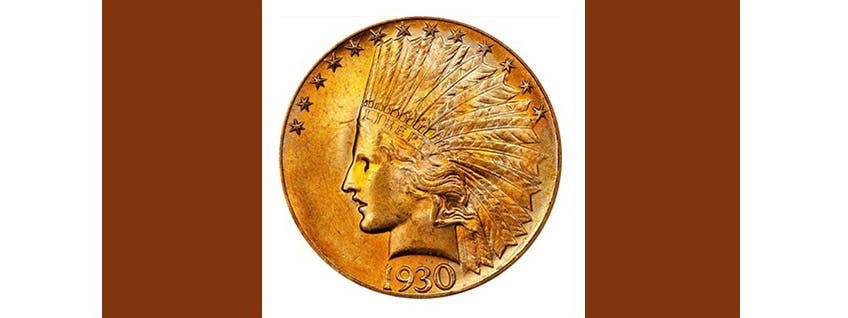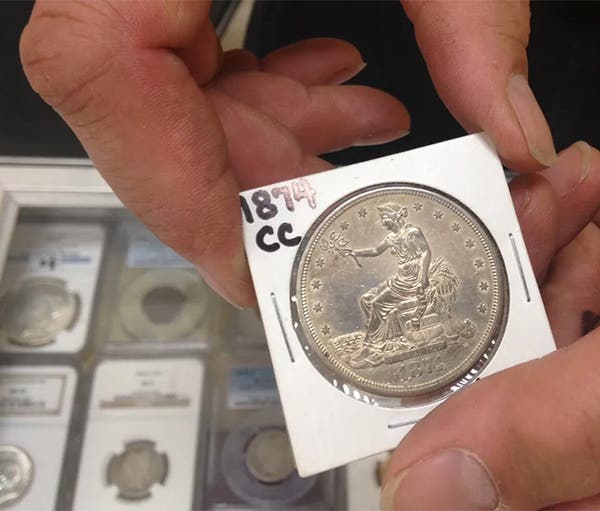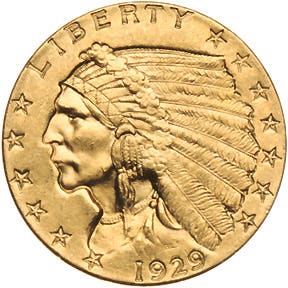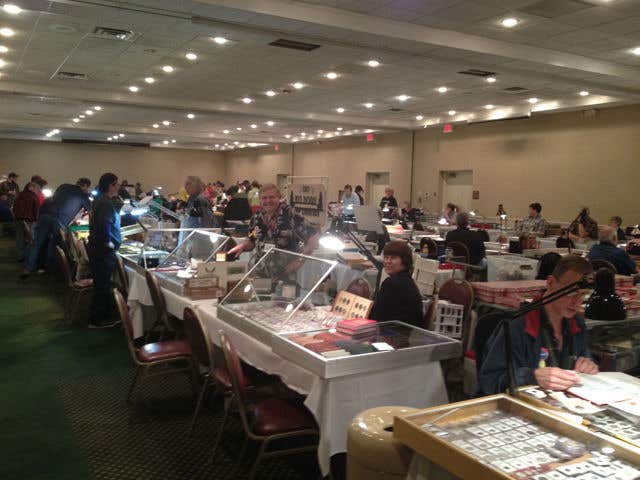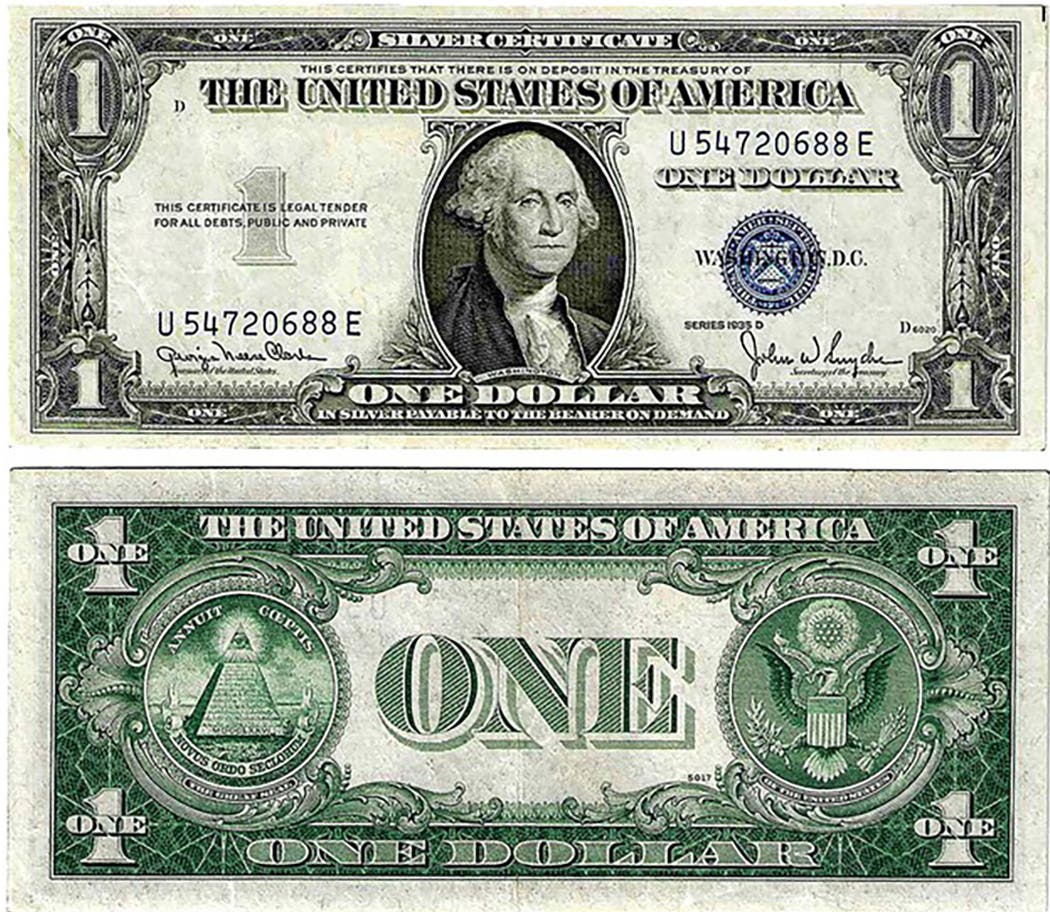Coin Clinic: what’s a pennyweight?
By Richard Giedroyc Can you explain how pennyweight fits into this weight and purity system for gold? It takes 20 pennyweight to equal one troy ounce of gold. Another way…
By Richard Giedroyc
Can you explain how pennyweight fits into this weight and purity system for gold?
It takes 20 pennyweight to equal one troy ounce of gold. Another way to express this is one pennyweight being equal to 24 grains. Pennyweight is a weight unit primarily used in the United States.
I’ve heard that a majority of coin collectors collect coins because they are nearsighted. Is there any truth to this?
It makes sense that people who are nearsighted might take an interest in coins since coins are small but detailed objects. Myopia, also known as near-sightedness, causes blurred vision at a distance, but not up close. As far as I know, however, what you said is an urban legend. I was unable to find any studies supporting this possibility. This question begs for comments from readers. Does anyone know anything on this subject?
What is the difference between avoirdupois and troy weights?
Avoirdupois weights are commonly used in the United States and in Great Britain. An ounce is 28.35 grams, or 437.5 grains, and 16 ounces equal one pound. Precious metals use troy weights. A troy ounce is 31.1035 grams, or 480 grains, and it takes 12 ounces to equal one troy pound.
What is the origin of the gram?
The gram is part of the metric system adopted by Revolutionary France in 1799 and is used as a unit of mass and weight. Coin collectors will find it commonly used to measure gold.
Can you explain the grain weight unit?
The grain has been a unit of weight for thousands of years, originally meant to represent the weight of a single grain of wheat or barley. It takes 480 grains to make a single troy ounce.

